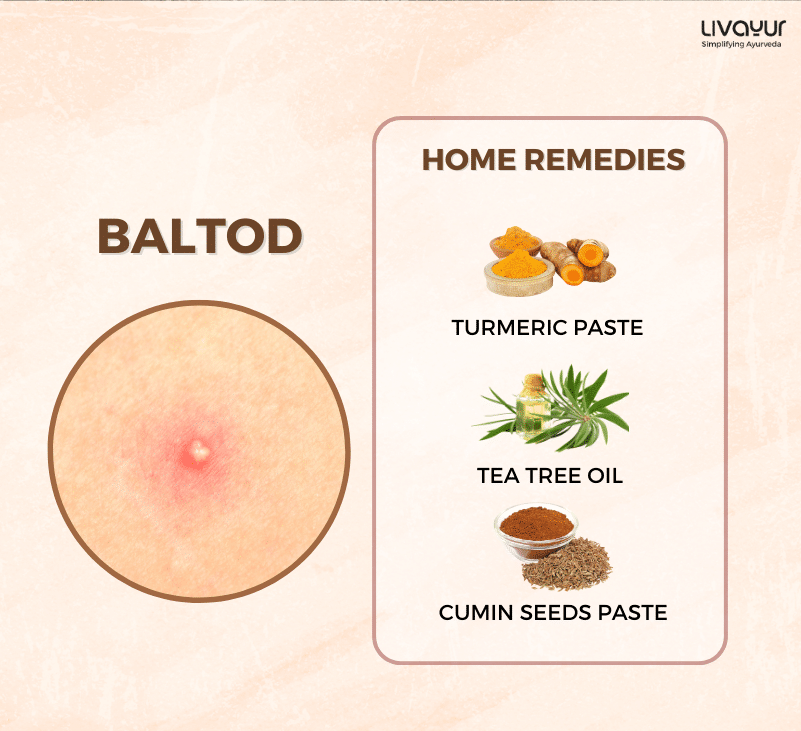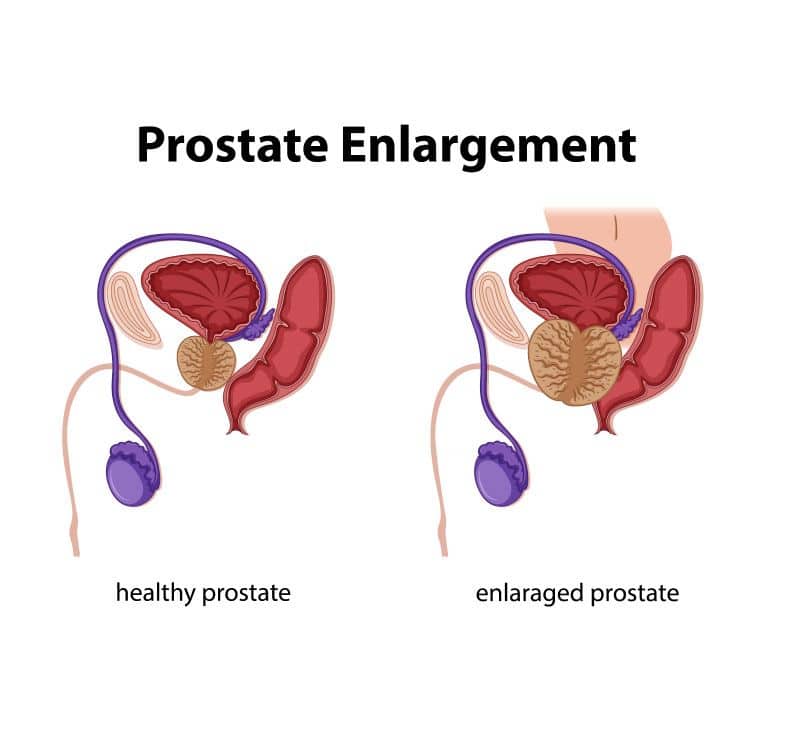“ॐ असतो मा सद्गमय। तमसो मा ज्योतिर्गमय।
मृत्योर्मामृतं गमय॥
Om asato mā sad gamaya,
tamaso mā jyotir gamaya,
mṛtyor mā amṛtaṁ gamaya.
Guide me from the untrue to the true. Take me from the dark (of ignorance) to the light (of consciousness). Transform me from this life to the next.”
The practice of meditation has long been overlooked with much of the world focusing on yoga solely as a form of physical exercise. However, the practice is regarded as extremely important in both yoga and Ayurveda. The origins of meditation trace back to the Vedic texts. It is also referred to as a therapeutic tool in the Daivavyaprashaya Chikitsa to restore mental balance and well-being.
What is Meditation
Meditation is the practice of mindfulness – focusing the mind on a certain thing, idea, or action to develop attention and awareness and reach a steady, emotionally stable, and mentally clear state.
Today, meditation includes a variety of techniques from transcendental meditation to mindfulness meditation. No matter which type of meditation you choose to practice, the benefits of meditation are accessible to all of us, helping you connect with your inner self.
Here are some of the ways that meditation has been shown to change the brain and body.
How Meditation Works
According to Vedic science, the physical body is activated by the inner faculty (working consciousness), which is activated by the ‘deep inner self’.
Meditation allows a conscious connection with the deep inner self, providing a feedback loop. The scientific understanding of deoxyribonucleic acid (DNA) in the body is consistent with this understanding of the human being. All bodily functions are created and governed by DNA at the cellular level. After information from DNA is transferred to RNA, amino acids, and finally ribonucleic acid (RNA), proteins are created.
When you meditate, a fresh cycle is initiated by a feedback loop to the DNA, which provides the resources required for the cell’s functioning. By providing a sense of calm and bliss during meditation, the feedback loop to the deep inner self—the seat of wisdom, similar to DNA—removes accumulated stress from life and enhances general health.
How Meditation Changes the Brain
The benefits of meditation for mental health are well-recognised, but studies show how meditation changes brain structures. Researchers from Harvard University found that an 8-week program of mindfulness-based meditation resulted in:
- An increase in cortical thickness in the hippocampus, which is the brain region that regulates emotions, as well as learning and memory
- A reduction in amygdala volume, which is the brain region connected to negative emotions such as stress and anxiety.
All of these changes are linked to better emotion regulation, reduction in stress levels, and improvements in overall brain function. Such changes have been documented in studies showing:
- Improved focus
- Memory
- Better cognitive performance
Some of the structural changes in the brain from meditation may also offer protection against aging, with research from UCLA suggesting that people who meditate regularly experience significantly less age-related atrophy of white matter in the brain, while the practice may help preserve grey matter in the brain, which contains neurons.
How Meditation Changes the Body
Most of the physical changes associated with meditation are thought to originate from changes in the brain.
Some physical changes linked to meditation include:
- Lowered Blood Pressure and Heart Rate
Maintaining a lower blood pressure and heart rate improves heart health and lowers the risk of cardiovascular disease (5). Researchers believe that this benefit is mainly linked to lowered stress levels, as hormones like cortisol are linked to chronic inflammation and other physical ailments.
- Strengthened Immunity
Studies indicate that people who practice meditation have a stronger immune response within just 8 weeks of regular meditation. This can be because meditation can increase activity in the left side of the brain, which is connected to stronger immune function.
- Additional Benefits
In addition to these benefits, there is also some evidence to suggest that regular meditation can provide relief from a variety of chronic inflammatory conditions, including inflammatory bowel syndrome or IBS and ulcerative colitis. Some studies have also noted reductions in lower back pain with the practice of meditation as it trains practitioners to refocus attention and consciously relax muscles.
These are just some of the documented benefits of meditation for the brain and body, but there is a lot more that we still have to learn. What is clear from studies so far, however, is that meditation is one of the most effective tools to promote health and well-being with no expense at all.
FAQs
- How does meditation help the brain and body?
While meditation is widely recognized as a method for lowering stress and anxiety, studies also suggest that it may improve mood, encourage restful sleep, and improve cognitive functioning. It is a practice of regularly training your mind to focus and refocus your thoughts.
- Can you change your brain with meditation?
Many studies indicate that regular meditation practice generates neuroplasticity phenomena, such as the enhancement of cognitive functioning and the decrease in age-related brain degeneration. While practicing meditation does not change the brain completely, it does improve overall brain functioning, focus, and maintaining stable mental health.
- How long does it take for meditation to change the brain?
According to studies, practicing meditation for eight weeks can yield benefits. In one study, eight weeks of 13 minutes a day of meditation improved mood, memory, and emotional control. However, there isn’t a specific amount of time and it can take days to weeks to show mild improvement and months or years to maintain a healthy body and mind.
- Does meditation change your Behaviour?
Research suggests that regular meditation practice can increase qualities such as awareness, compassion, and emotional stability. It may also lessen impulsive and neurotic characteristics.





















